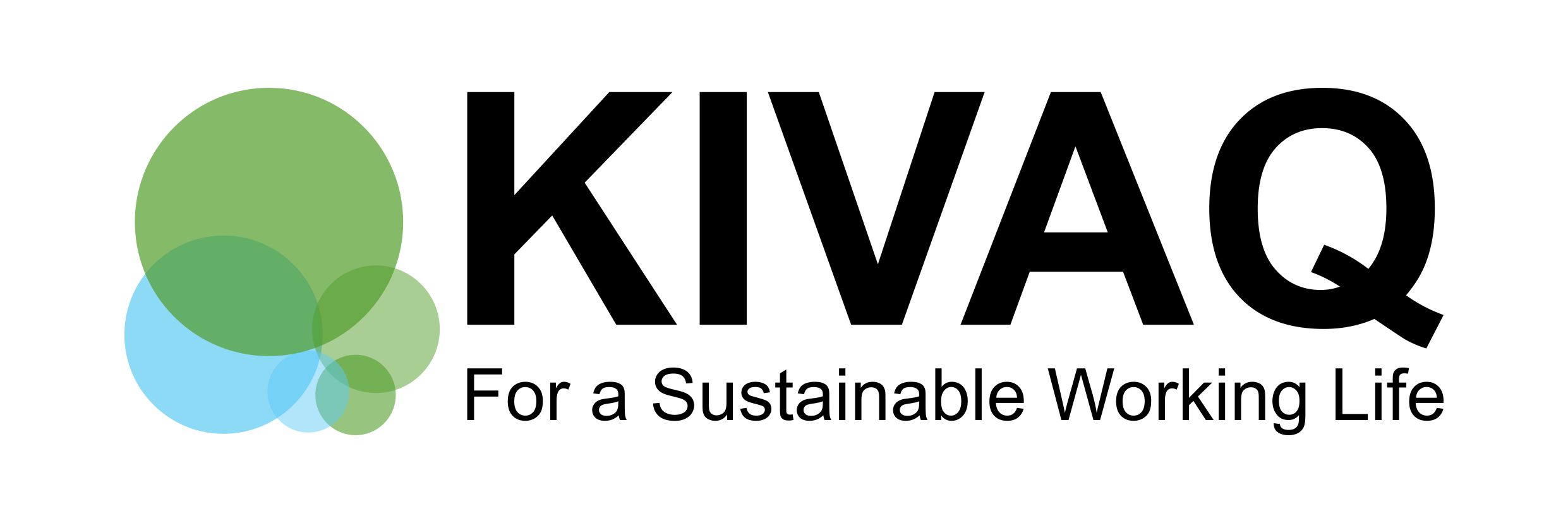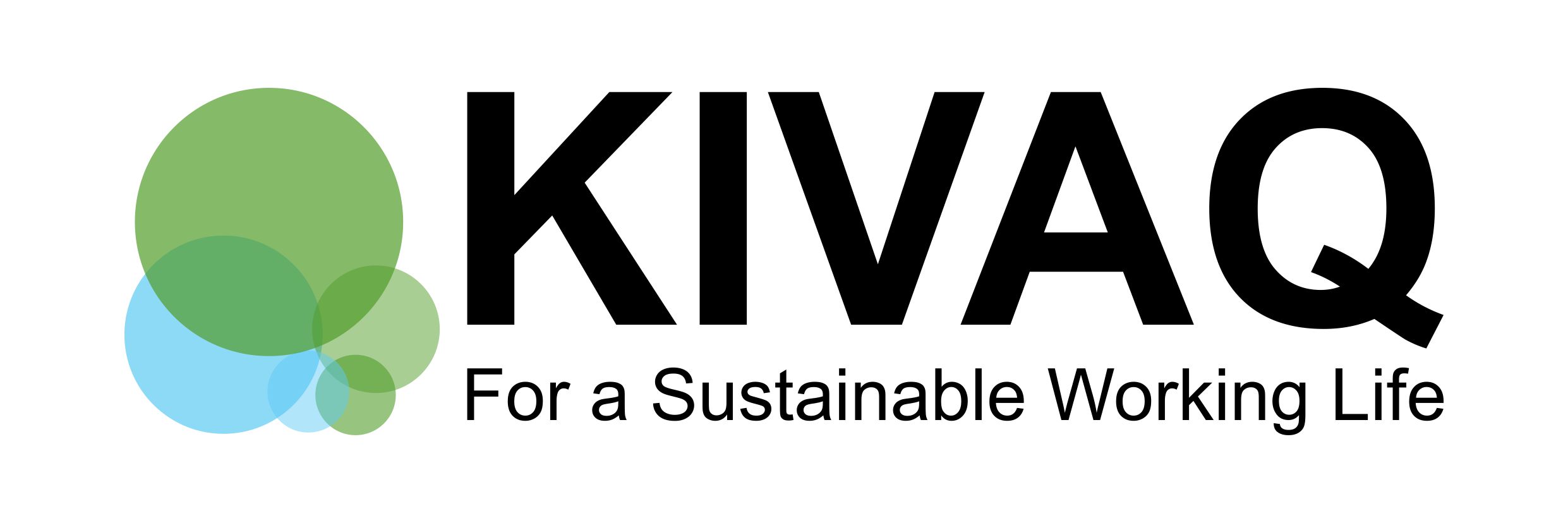Medical doctor on openness
This article was first published in Finnish by HENRY ry
Are you surprised that a medical doctor writes about openness? Usually doctors are very strict with their professional confidentiality!
Professional confidentiality is a sacred matter to doctors and it must be respected. Professional confidentiality concerns information on patient-doctor relationship that can be given to manager or management only with the permission of the patient. However, an occupational health doctor and the entire occupational health team have much more information on working life, working conditions and personnel. This information could – I personally believe that it should – be given not only to the management, but to the entire personnel to improve work wellbeing, productivity and profitability.
After my 30-year long career as an occupational health specialist I have focused on developing work wellbeing for the past 7 years. I have developed questionnaires and workshops that rely on the principles of openness and transparency.
In Finland the well-functioning occupational health system focuses on the individual, whereas human resources focus on developing the entire organisation. However, to guarantee the wellbeing of an individual employee and that the job runs smoothly it is very important to focus on the team. I believe that even more attention should be paid to teams in the future since colleagues and managers have crucial importance on wellbeing.
Demands to create new innovations lead nowhere without action. According to KivaQ’s experience the teams themselves are able to make the jobs run smoothly when they are given the possibility to do so. An open and structured workshop that involves all the team members and the superior is effective and promotes openness and trust in the work community. These bottom-up workshops are an excellent method to develop innovative culture in the entire work community and as a result the number of innovations increases.
An excellent example of openness is the municipality of Kimitoön that used the KivaQ work wellbeing questionnaire in 2016 and 2017. The municipality decided, according to its strategy that aims at increasing openness, that all the municipal employees have access to the results of the surveys and can analyse them with the help of the user-friendly KivaQ analysis module.
In practice the HR department sent each employee the code and password to access the analysis mode. The questionnaires did not include questions with open text box to avoid personal remarks and personified discussions. The personnel was divided according to sectors so that each group had more than one manager.
According to the 2017 questionnaire, 27,6 % of the respondents had used the possibility to analyse the results themselves in 2016. 69,2 % of the respondents valued the open questionnaire as good or excellent. Only 1,5% thought that the open questionnaire was poor or very poor. 29,3% respondents decided not to take a stand on openness.
The response rate rose by 10 percentage points from 2016 to 2017 and was 58,4. We are waiting for the 2018 results with great interest. The response rate can be increased significantly. It would be interesting to know if the relatively low response rate 48,4 in 2016 was due to openness or if it increased despite of openness?
The municipality will try to increase employees interest toward the questionnaire by publishing the results one question at a time. We believe that people read these short bulletins that consist of few lines more often than long reports.
KivaQ’s vision is that in the future the superior takes more and more responsibility for developing the work wellbeing of his or her team. Could it be so that the team independently decides on how and when to execute a work wellbeing questionnaire? This kind of own-initiative questionnaire could supplement the questionnaire for the entire organisation that is usually carried out by the human resources department.
What do you think is the most important goal for a work wellbeing questionnaire? Could it be that a) every employee understands the importance of work wellbeing and b) becomes enthusiastic and engages in developing work wellbeing in the team? I am convinced that if these goals are met by increasing openness, also work wellbeing, productivity and profitability improve. Should you also try to increase openness in your next work wellbeing questionnaire?
Ove Näsman
Medical doctor and specialist in occupational health
KivaQ Oy Ab
KivaQ and HENRY ry organise a facilitator course on November 9th 2017 (In Finnish). If you are interested in a facilitator course in English or Swedish please contact ove.nasman(at)kivaq.fi

